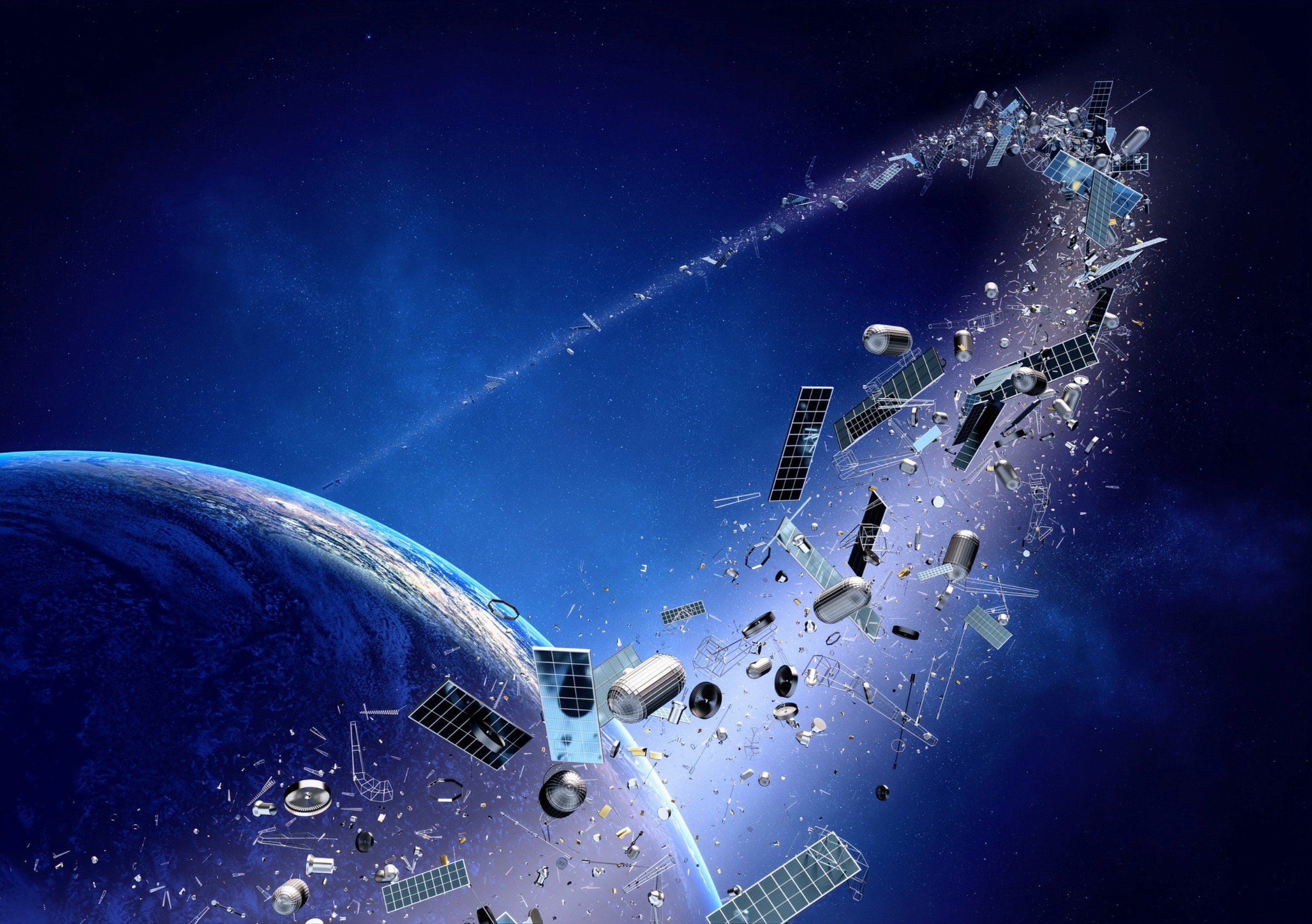
The curtain rose on December 27 for playwright Basil Dawkins’ latest comedy First Lady at the Little Little Theatre, Tom Redcam Avenue in St Andrew, where it quickly garnered enthusiastic applause and lively audience engagement.
This production showcases the talents of Deon Silvera and Dennis Titus, both stalwarts of Jamaican theatre, alongside promising newcomer Renae Williams, all under the insightful direction of T K Dawkins, the daughter of the playwright.
First Lady is her seventh production as director and her 18th overall, having previously worked in various capacities including stage manager and assistant producer.
“My father writes the play, he hands it to me and I direct,” the younger Dawkins told The Sunday Gleaner, adding with a laugh that she “really has no choice” about being the director.
“This was a pretty good experience. The beautiful thing is that Daddy always hires professional people who are great to work with. They give you their feedback and it is a wonderful, collaborative process,” TK shared.
Basil Dawkins describes First Lady as “a domestic Jamaican comedy that is not only organically hilarious, but also tackles real-ife issues that will resonate with audiences long after they have seen the performance”.
The play artfully intertwines humour with serious themes prompting viewers to reflect on the complexities of love and relationships. The narrative challenges audiences to consider whether true love can prevail in relationships where one partner feels “unequally yoked”.
It raises a poignant question on the impact of personal development on a relationship. Can one partner’s success lead to emotional distancing?
Through the laughter audiences engage in the debate ultimately deciding where they stand on the issues.
What does TK Dawkins want patrons to take away from First Lady? Her desire is twofold.
“Generally I want the message to be that Jamaican theatre is alive, well and strong. I want patrons to leave having felt satisfied with the play and want to go and see another play, whether it is a Basil Dawkins production or not. The more people come out, the more we will have plays for them to come out to. And secondly, I want people to consider being very intentional in how you treat others, no matter how your relationship changes over time … I don’t want to say too much and give anything away,” the director said.
First Lady runs Tuesdays to Fridays at 8:30 pm, and Saturdays and Sundays at 2, 5 and 8:30 p.m.
All performances support voluntary, non-profit, charitable organisations and NGOs assisting with raising funds to finance their various outreach projects.
entertainment@gleanerjm.com
View the discussion thread.










